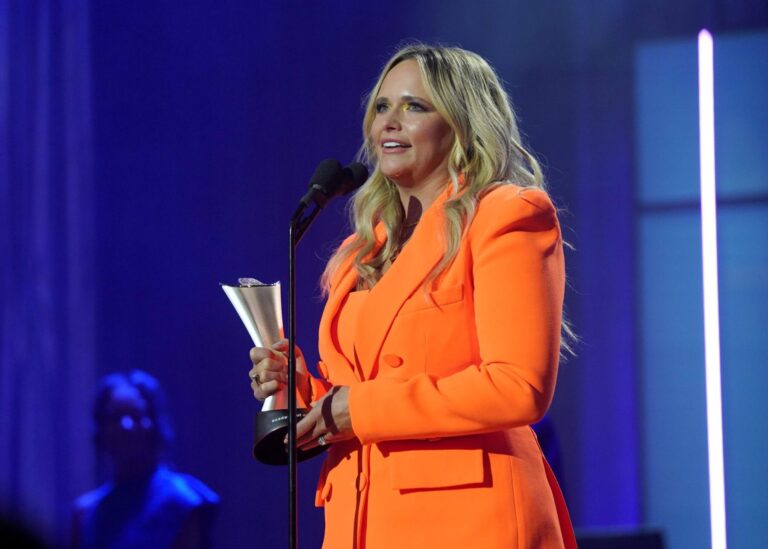Beef rises again
BEEF prices have been on a meteoric rise for the last 12 months, hitting record highs in recent weeks and they could rise even higher in the lead up to spring.
According to Meat and Livestock Australia, demand for cattle from restockers is currently driving the price rise.
The Eastern Young Cattle Indicator hit 700 cents per kilogram carcase weight (c/kg cwt) recently. The EYCI is the general benchmark of Australian cattle prices and is a seven-day rolling average.
MLA manager of market information Ben Thomas said the biggest factor influencing where the EYCI will eventually peak is the depth of restocker pockets.
“Restockers have been the driving force behind the EYCI bolting through the 600s during June and July,” he said.
With the dairy industry trending in the opposite direction, beef producers are saying this is the best they have seen the market in 10 years.
Korumburra South beef trader David Whiteside said it was about time beef returned a “fair” price.
He said the higher prices would allow farmers to invest in their farms, such as putting fertiliser on paddocks for the first time in a few years.
Landmark livestock coordinator Eddie Hams said prices, while good news for producers, are at “dangerous” levels.
“It is alright if you are a trader and it is good for the producers. It is good to see them making money and money coming into the area,” he said.
“But unless you are selling you could be in trouble. You wouldn’t want to be restocking at this point in time.”
Bullocks were up at last Wednesday’s prime cattle sale in Leongatha, lifting five to 10 cents per kilogram on the week before.
Friesian and crossbred manufacturing steers sold up to 10c/kg dearer, with the better steers holding firm. Cows sold five cents to 15 cents dearer, while the heavy weight bulls sold firm to 10c/kg cheaper.
Mr Hams said as recently as 12 months ago producers weren’t expecting prices to reach 300c/kg.
He said prices are unlikely to stay at such high levels forever and will probably peter off rather than crash, but said it is hard to know when.
Mr Thomas said three things typically happen to the EYCI from August to November.
“Prices ease, restockers take a step back and processors purchase fewer EYCI cattle at the end of spring compared to the end of winter,” he said.
“Whether or not these trends occur in 2016 remains to be seen.”

Beef on high: from left, Landmark livestock agents Stuart Jenkin and Eddie Hams and Korumburra South beef trader David Whiteside are keeping an eye on beef prices, which are hitting record highs at the moment.
Short URL: /?p=19442






